8-minute read
keywords: paleontology
This is the second of a two-part review about ancient biomolecules; think of them as the other fossil evidence. Having just reviewed Jones’s Ancient DNA which gave an intellectual history of this young scientific discipline, I now turn to Dale E. Greenwalt’s book Remnants of Ancient Life. Beyond DNA, his book discusses what we can learn about extinct life forms from traces of other molecules, such as proteins, pigments, and metals.
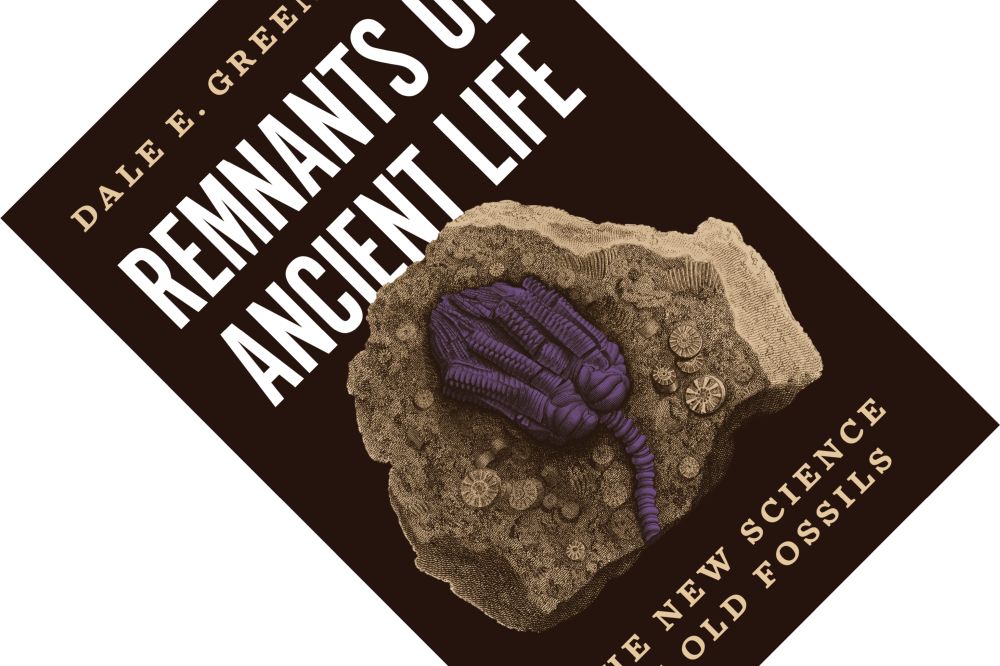
Remnants of Ancient Life: The New Science of Old Fossils, written by Dale E. Greenwalt, published by Princeton University Press in March 2023 (hardback, 278 pages)
This book is a good example of the kind of whistlestop tour normally written by science journalists: delve into a topic, read tons of academic papers, serve up interesting results in a digestible form for your reader, and profile some of the scientists involved. The difference is that Greenwalt is an insider, working as the curator of the fossil insect collection at the Smithsonian Institution’s National Museum of Natural History. It was actually the background research he did for a book chapter on the fossil record of blood that made him decide to write a popular book on ancient biomolecules.
When biomolecules are found in rock outside of a fossil, they are called biomarkers. As Greenwalt explains, these can still be informative. One interesting study estimated the global temperature decrease after the K–Pg extinction event. How? By studying sediments containing lipid biomarkers that were originally part of microbial cell membranes. Their composition changes in a known, temperature-dependent fashion, meaning that these fossil biomarkers are essentially “a 66-million-year-old thermometer fixed in time” (p. 30). However, to be really informative, palaeontologists prefer to find these molecular traces preserved in situ, i.e. inside a fossil in its anatomical context. That way you can try to link molecule and function. Greenwalt has organised his chapters thematically, discussing ancient pigments, biometals, proteins, DNA, and plant biomolecules. Let me whet your appetite with some examples of the fascinating science he serves up.
“to be really informative, palaeontologists prefer to find [ancient biomolecules] preserved in situ, i.e. inside a fossil in its anatomical context. That way you can try to link molecule and function.”
Ancient pigments made a big splash in 2008 when palaeontologist Jakob Vinther realised that what we thought were fossil bacteria were actually packets of the pigment melanin (melanosomes). This has given us new insights into the colour of dinosaur integument and feathers. Sometimes you do not even need the pigment. One 100 million-year-old snakeskin fossil was so well-preserved that the minerals had replicated microscopic details including pigment storage organs. Since their shape and size are pigment-specific and the fossil organs closely resembled those of living snakes, the researchers could make an educated guess about this ancient snake’s colour. Better still, ancient biomolecules do not even need to contain genetic information to draw up family trees. One team of researchers noticed how pigments isolated from closely related fossil echinoderms were more similar than those of distantly related ones. Using this finding, they drew up a family tree based on pigments, finding that it agreed with one of several proposed family trees based on morphological data.
Ancient DNA (aDNA) is the celebrity of ancient biomolecules; this is where Jones’s previously reviewed Ancient DNA shines. Greenwalt does a decent enough job here describing the problem of “the misuse of PCR” (p. 151) that was amplifying contaminating DNA in the early days of research, leading to unlikely claims. But he also adds technical details that Jones, as a historian, did not touch on: how PCR was improved when combined with the DNA polymerase of a heat-tolerant bacterium, or which bones are good sources of aDNA. When Greenwalt turns to human aDNA, he concedes that there is already such good coverage of the subject of human ancestry as revealed by aDNA from the likes of Pääbo and Reich, that he will not retread that territory. Instead, he discusses studies that have revealed more about human physiology and behaviour using aDNA.
“aDNA only tells you that an organism could make certain proteins, not what was actually being expressed at the time of death. Ancient proteins tell that story.”
However, do not underestimate ancient proteins! Greenwalt’s explanation as to why these are sometimes more informative than aDNA is very revealing. See, aDNA only tells you that an organism could make certain proteins, not what was actually being expressed at the time of death. Ancient proteins tell that story. Though they preserve better than aDNA, the downside is that different proteins are expressed in different parts of the body. Whereas each cell has a full copy of its genome, an organism’s proteome (its full complement of proteins) is spread over different organs, to the point you could speak of subsets such as liveromes, brainomes, etc. A particularly ingenious line of research concerns collagen, a structural protein common to bone, skin, blood vessels, and other connective tissues. Ancient collagen is ubiquitous in the fossil record and can be digested by enzymes. The resulting collection of protein fragments is unique to each organism, acting as a protein fingerprint. The Ancient Biomolecules Laboratory at the University of Manchester, headed up by Michael Buckley, has created a reference library with a large number of such organism-specific protein fragmentation patterns. This has allowed other researchers to determine the identity of tiny bone fragments by their collagen, as these are too small to identify morphologically. How neat is that!
These are but a few examples of the interesting science that Greenwalt has dug up. One noteworthy theme, subtly woven throughout the book, is the value of peer review. Greenwalt makes this point most explicitly in his portrait of creationist-turned-palaeontologist Mary Schweitzer. Over the last two decades, her lab has published a string of eye-catching but controversial papers, claiming to have found ancient proteins, blood cells, and blood vessels in dinosaur bones. In a very even-handed discussion, Greenwalt explains her work and why others disagree with it. He reminds readers that “controversial doesn’t necessarily mean wrong” (p. 127). It is simply too soon to tell if this research will turn into “a new and legitimate field of paleobiology or will be shown to be invalid, a dream based on inaccurate or misinterpreted data” (p. 127). For now, the friction is leading to better science, with Schweitzer and her opponents producing more and better evidence to make their case.
“One noteworthy theme, subtly woven throughout the book, is the value of peer review. […] I appreciated that Greenwalt does not hector you on this point”
Apologies to the reader while I now divert into a little rant, but… establishing a sound knowledge base takes time. You cannot rush these things. The problem I see is that popular media loves these David-and-Goliath stories, loves the lone genius narrative, and (understandably!) lionizes people such as Alfred Wegener or Lynn Margulis. In reality, science is largely a collaborative effort, now more so than ever. Furthermore, for every genius we remember, there were the proverbial 99 others who were stubborn, misguided, wrong, or delusional (do I need to mention Brian Ford again?). Obviously, this is a balancing exercise between, on the one hand, remaining sceptical and demanding the extraordinary evidence required for extraordinary claims, and, on the other hand, remaining open to having your mind changed. Though the scientific establishment often gets a bad rep for being dogmatic and conservative, this is by design and is in my #UnpopularOpinion a good thing. Greenwalt provides several examples of why: aDNA research went through “a period of scientific dilettantism” (p. 151) resulting in outlandish claims, while another study on supposedly ancient salt crystals containing cellulose fibres has similarly been deflated, serving “to affirm the value of scientific criticism by one’s peers” (p. 201). I appreciated that Greenwalt does not hector you on this point; he just puts it out there and leaves it for the attentive reader to pick up on.
This level of subtlety and smooth writing characterises the whole book. Greenwalt’s main course of digested scientific findings comes with a seasoning of (personal) anecdotes and the occasional dash of humour. Chapters are never too long, are well-organised through headings, and logically flow into each other. He strikes a good balance between the different biomolecules, giving them all their due. The book has a decent selection of black-and-white photos and a handful of helpful diagrams designed by Greenwalt that clarify concepts or results. If you think you cannot stomach yet another popular book on palaeontology, think again. Remnants of Ancient Life is as fascinating as the inviting cover and subtitle suggest, managing to put a completely fresh gloss on the topic of palaeontology.
Disclosure: The publisher provided a review copy of this book. The opinion expressed here is my own, however.
Other recommended books mentioned in this review:
__________________________________________________________________

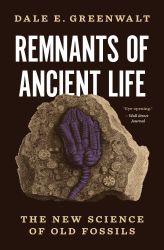
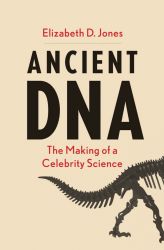
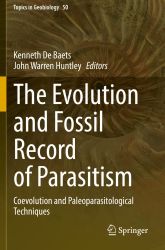
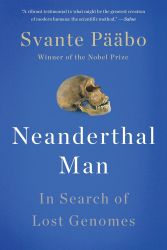
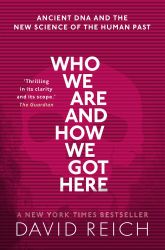
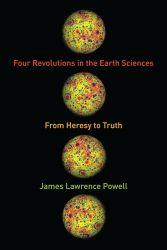

5 comments